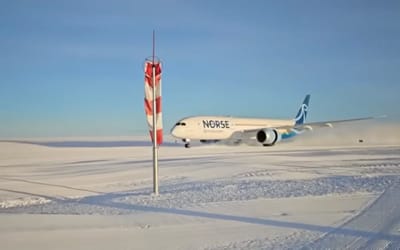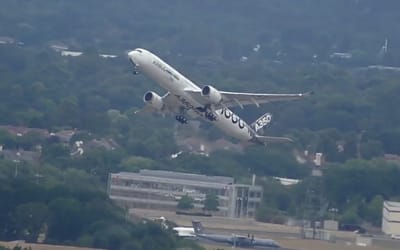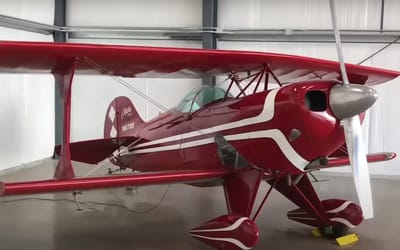Commercial plane accidentally hits supersonic speeds over the Atlantic
- A passenger plane was pushed to nearly 1,300 km/h (800 mph), faster than the speed of sound, over the weekend
- The Virgin Atlantic flight was traveling from Washington to London
- It happened because of near record-breaking wind over the mid-Atlantic region
Published on Feb 20, 2024 at 8:36 PM (UTC+4)
by Adam Gray
Last updated on Feb 20, 2024 at 9:38 PM (UTC+4)
Edited by
Amelia Jean Hershman-Jones
When you think of a commercial plane traveling supersonic speeds, Concorde immediately springs to mind.
But if the truth be told, the iconic supersonic airliner isn’t the only plane to travel such speeds.
Just last weekend, an aircraft traveling from the States to the UK hit close to 1,300 km/h (800 mph).
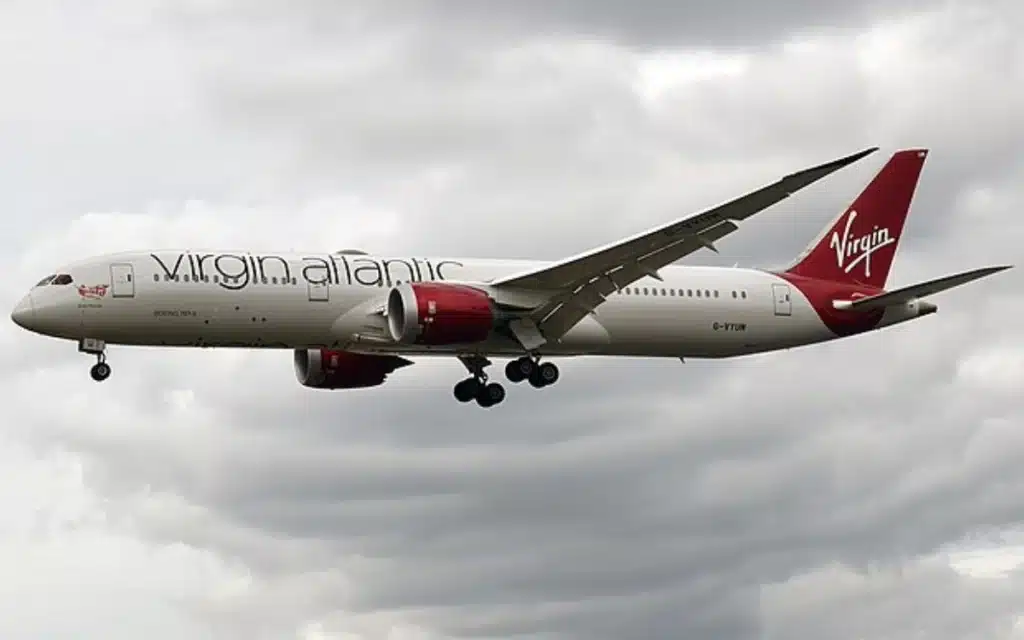
READ MORE! Breathtaking one-of-a-kind photo emerges of Concorde breaking Mach 2 barrier
This was an actual passenger plane – a Virgin Atlantic flight – traveling from Washington to London.
According to the US National Weather Service, the passenger jet was pushed to nearly 1,300 km/h, which is faster than the speed of sound.
If you’re wondering how, apparently near record-breaking wind over the mid-Atlantic region pushed east-bound commercial plans to supersonic speeds.
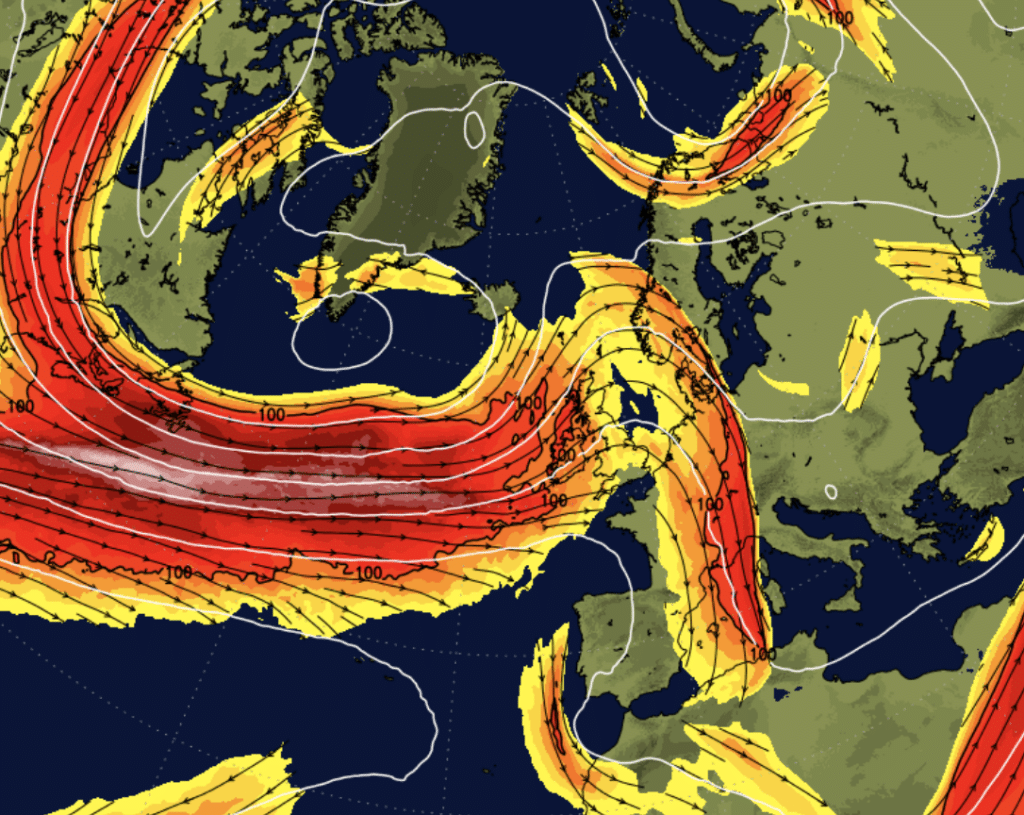
“This evening’s weather balloon launch detected the 2nd strongest upper-level wind recorded in local history going back to the mid 20th century,” the National Weather Service Baltimore/Washington posted on X.
“Around 34,000-35,000ft, winds peaked around 230 knots (265mph!). For those flying eastbound in this jet, there will be quite a tailwind,” the weather service said.
Apparently, two other aircraft, including one from New Jersey’s Newark Airport to Lisbon, Portugal, reached speeds of 1,344 km/h (835 mph).
This evening's weather balloon launch detected the 2nd strongest upper-level wind recorded in local history going back to the mid 20th century! Around 34,000-35,000 ft, winds peaked around 230 kt (265 mph!). For those flying eastbound in this jet, there will be quite a tail wind. pic.twitter.com/0MXK0HvsCV
— NWS Baltimore-Washington (@NWS_BaltWash) February 18, 2024
But while the planes were pushed to speeds higher than that of sound, they didn’t break the sound barrier.
The reason – they weren’t traveling faster than sound relative to the air around them in the jet stream.
Just to bring you up to speed (pardon the pun!), the Atlantic jet stream’s a fast and narrow current of air flowing from west to east and encircling the globe.
835 mph is faster than the speed of sound, which is 767 mph. So did it break the sound barrier? No. The plane is embedded in 200 mph + winds, so it’s traveling with the wind and thus the plane itself does not actually travel greater than 767 relative to the environment it’s in. pic.twitter.com/77ojxgiliB
— Jeff Berardelli (@WeatherProf) February 20, 2024
It’s widely used by planes traveling east from North America to cut down on their travel times and fuel use.
The Atlantic jet stream usually has winds traveling at speeds close to 177 km/h (110 mph) but it’s known to intensify at times, particularly during winter months.
Such jetstream speeds typically help flights traveling toward Europe reach their destinations faster, however, they’ve been known to cause issues for planes moving in the opposite direction due to turbulence, longer travel times, as well as increased fuel consumption.
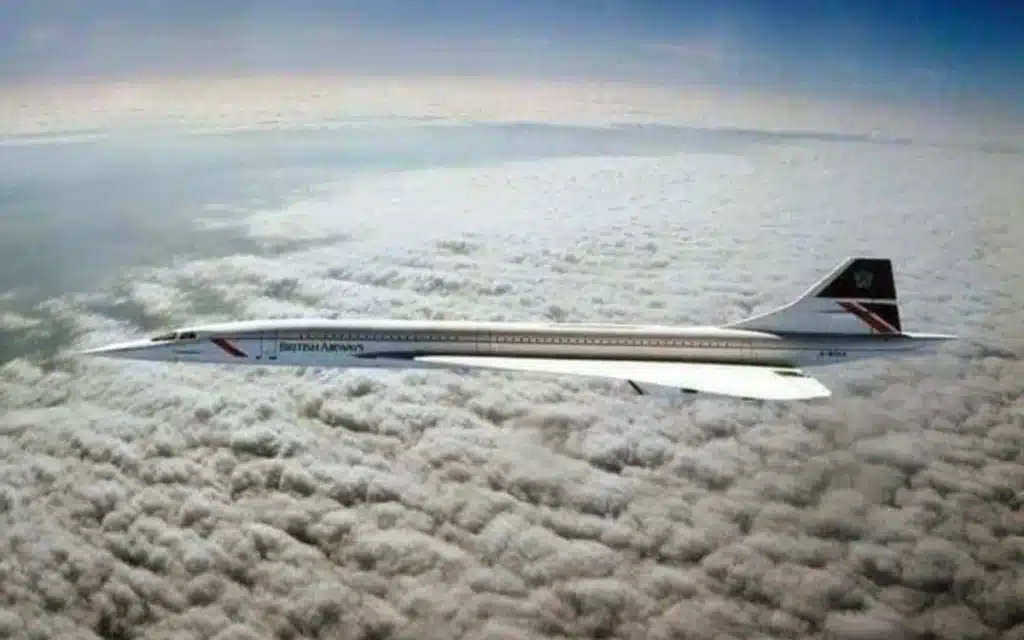
Concorde was the first and last commercial plane to break the sound barrier.
But as memories of flying Concorde fade, a new fleet of supersonic jets is making its way to the runways of the future.
NASA’s X-59 will break the sound barrier silently while Stargazer promises to travel from New York to London in just one hour.
DISCOVER SBX CARS: The global premium car auction platform powered by Supercar Blondie
Adam Gray is an experienced freelance motoring journalist and content creator based in the United Kingdom. Using his media accreditation with manufacturers’ press offices, Adam test drives the latest cars and attends new vehicle press launches, producing written reviews and news pieces for a variety of lifestyle and business publications. Here at Supercar Blondie, Adam applies his journalistic skills penning social-first content around current news and trends. When he’s not behind the wheel of the latest car or writing up another viral story, Adam can be found at his local rink playing ice hockey or at the Riverside Stadium supporting his beloved Middlesbrough FC.
